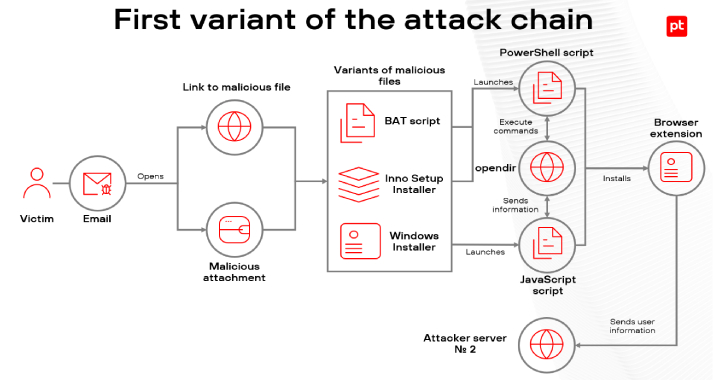
Frequently Asked Questions About Cyber Policy Management
Cyber policy management is an evolving discipline that focuses on establishing guidelines, rules, and procedures to secure information systems. With the increasing threat landscape and the complexity of modern digital ecosystems, understanding cyber policy management becomes paramount. To simplify this concept, let’s delve into some frequently asked questions.
- What is Cyber Policy Management?
At its core, cyber policy management is the process of creating, implementing, and maintaining policies related to cybersecurity. These policies dictate how an organization identifies, responds to, and mitigates cyber threats. They also lay down the ground rules for acceptable use of IT resources, data handling practices, and more.
- Why is it Important?
Organizations face an array of cyber threats, from phishing scams to sophisticated ransomware attacks. A robust cyber policy offers clear guidelines on how to stay protected. It ensures that employees know their roles and responsibilities and that there are measures in place to respond to incidents effectively. Moreover, having a well-defined policy can help in regulatory compliance, reducing potential legal liabilities.
- How is Cyber Policy Different from a Security Strategy?
While both are crucial for an organization’s cybersecurity posture, they serve different purposes. A cyber policy defines “what” needs to be done in terms of rules and behavior. For instance, it might state that all employees must change passwords every 60 days. A security strategy, on the other hand, dictates “how” these rules will be implemented and achieved, such as using a specific password management tool.
- What Should a Good Cyber Policy Include?
While specifics can vary based on an organization’s needs, a comprehensive cyber policy typically covers:
Purpose and Scope: Clarifying the objective and applicability of the policy.
Roles and Responsibilities: Assigning tasks like monitoring, response, and auditing to relevant personnel or departments.
Access Controls: Guidelines for who can access what data and under which circumstances.
Incident Response Plan: Detailed steps on how to handle potential security breaches.
Training and Awareness: Provisions for regular employee training on cybersecurity best practices.
Review and Audit: Mechanisms to periodically assess the policy’s effectiveness.
- How Often Should Cyber Policies be Reviewed?
The digital landscape is ever-changing, with new threats emerging and technology evolving. As a best practice, organizations should review and update their cyber policies at least annually. However, if there are significant changes in the organization, such as mergers, new technology adoption, or changes in regulations, more frequent reviews might be warranted.
- Are there Legal Implications of Not Having a Cyber Policy?
Absolutely. Many countries and industry regulations require companies to have certain cybersecurity measures in place. Failure to meet these standards can result in hefty fines, legal actions, and damage to the company’s reputation. For instance, regulations like the GDPR in the European Union have strict guidelines on data protection, and non-compliance can lead to severe penalties.
- How Can Organizations Ensure Employees Follow the Cyber Policy?
Awareness and training are crucial. Regular sessions that educate employees about the importance of cybersecurity, real-life incidents, and the specifics of the organization’s policy can drive adherence. Moreover, organizations can employ technical controls, such as software that blocks access to unsecured websites or flags unauthorized data transfers.
- Can Cyber Policies Prevent All Cyberattacks?
While a well-crafted and rigorously implemented cyber policy can significantly reduce the risk of cyberattacks, it’s essential to understand that no system or policy can guarantee 100% security. The aim should be to minimize risks, detect breaches quickly, and have a robust response plan in place.
- Are there Templates or Frameworks Available?
Yes, several frameworks guide organizations in creating cyber policies. Some of the renowned ones include the NIST Cybersecurity Framework, ISO 27001, and CIS Critical Security Controls. While these can be a good starting point, it’s vital for organizations to tailor policies based on their specific needs and risks.
- How do Organizations Balance Cyber Policy Stringency with Usability?
Striking the right balance can be challenging. Overly restrictive policies might hamper productivity, while lenient ones can expose the organization to threats. It’s crucial to involve different stakeholders, including IT, HR, and end-users, to ensure the policy is both secure and user-friendly.
In conclusion, cyber policy management isn’t just about having a document that lists rules; it’s about cultivating a culture of cybersecurity. Organizations must recognize the importance of staying updated, training their staff, and continuously adapting to the dynamic cyber landscape. With a robust cyber policy in place, organizations can navigate the digital realm more confidently and securely.
Contact Cyber Defense Advisors to learn more about our Cyber Policy Management solutions.




